Using the Zerg race in the game StarCraft 2 is not too easy. You need to master using various Zerg Unit combinations and formations so as to win matches. There are several types of formations depending on the different unit combinations. Therefore, you should first get to know the types of units available for you to know what type of formation to use.
Before you go into any game as a Zerg, you should know the fundamental rules of economic management. The problem with many beginner Zerg players is that they run their economy the same way they run Protoss and Terran economies. This leads to incorrect play and poor performance. Unlike other economies, the Zerg economy does not depend on the amount of production facilities but on the number of Hatcheries.
There are two main sets of rules that you would normally use: the Hatchery Constrained rule and the 5 drone rule. The former involves concentrating on building hatcheries so as to keep up in unit production, while the latter involves planning on how many drones you need.
Larva management is very important. This is because unlike other races, Zerg have to produce fighters and workers from the same resource, which is larva. So the player must carefully plan on their production capacity. The number of Hatcheries and the number of larvae that are produced from them therefore become the important feature of most build orders.
The Hatcheries produce three larvae at a time. Most players save them so as to create a large number of specific units at once. One reason for saving larvae is so as to create several Mutalisks once the spires are complete. This brings us to the Mutalisk Micro. It usually involves a combination of stacking Mutas and using move-shoot so as to keep them in motion while shooting.
Various unit combinations that one could use would include mutalisk/baneling/zergling against the Terrans, the roach/infestor against the Zerg or the roach/zergling against the Protoss.
Apart from stacking Mutalisks, you can also use another maneuver known as Surrounding. This involves stationing of melee units around and amongst the enemy unit. This comes in handy when facing Marines or Stalkers. Advantages of using this formation are that your units cause more damage and help prevent escape. Surrounding your enemy gives more surface area from which to attack. Another advantage is that it spreads the enemy damage range evenly among your units, therefore allowing them to live longer.
Another strategy is known as flanking. It involves positioning part of the army away from the main force. When the player takes on the opponent with the main army, he or she uses the flank force to hit from a different angle. This not only surprises the enemy but also makes the army more effective. There several effects of flanking. First it stops the opponent from retreating. It also creates a similar surrounding effect therefore one can easily damage the weak units that are positioned behind the stronger units. All your units also take part in the attack, instead of waiting for others to be killed.
Another great tactic is known as backstabbing. This involves waiting for the main army of your opponent to get out of the base, then going to attack the unmanned base. This works effectively, since many Zerg units have a high speed.


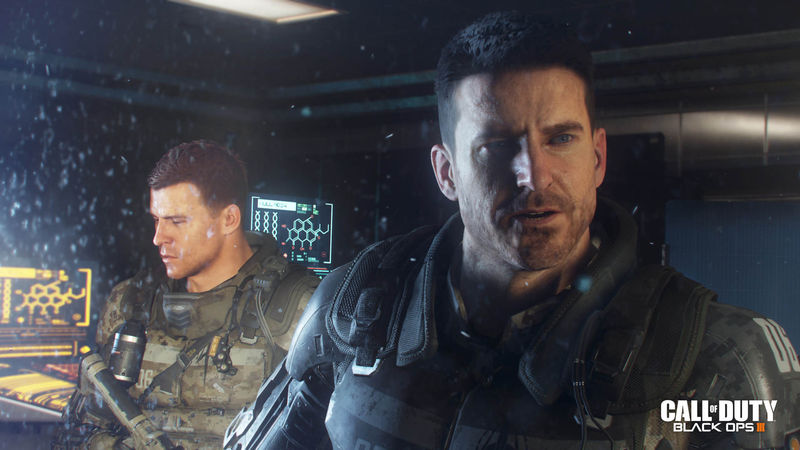

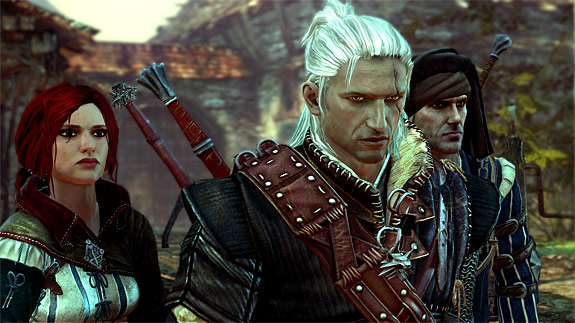
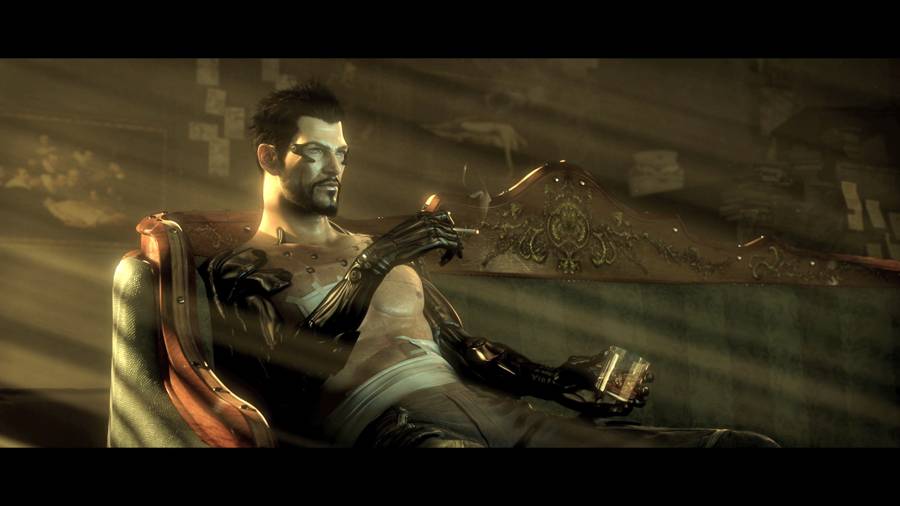
 . Plays June 6, 2014
. Plays June 6, 2014 Minecraft! Everything you need to know!
Minecraft! Everything you need to know!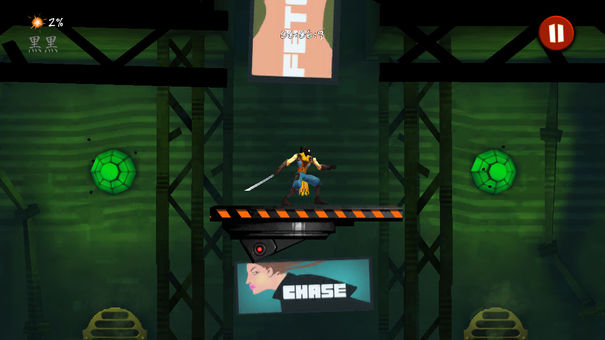 . Plays January 17, 2014
. Plays January 17, 2014 How To Unlock Call Of Duty Black Ops 3 Zombie Campaign Nightmares
How To Unlock Call Of Duty Black Ops 3 Zombie Campaign Nightmares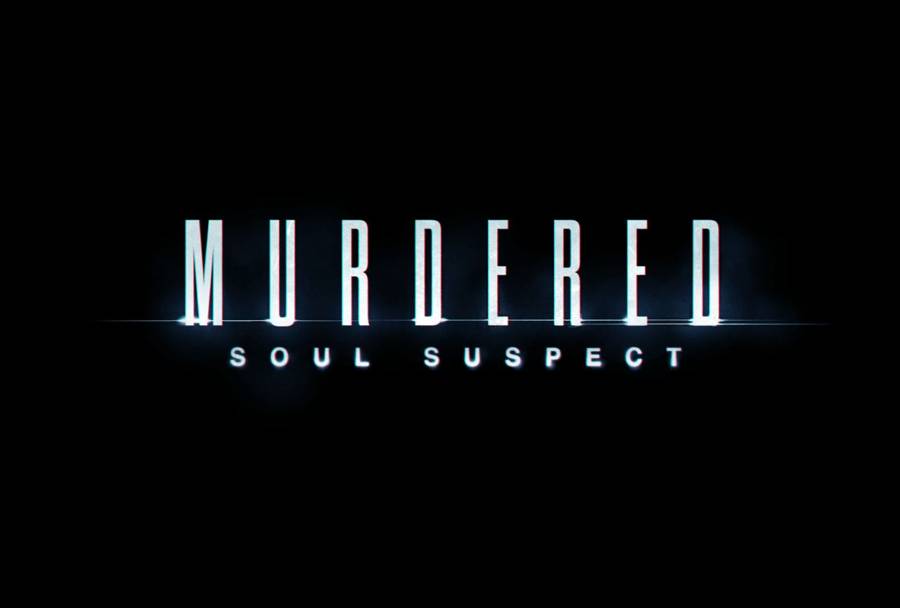 Murdered Soul Suspect My Life Guide
Murdered Soul Suspect My Life Guide